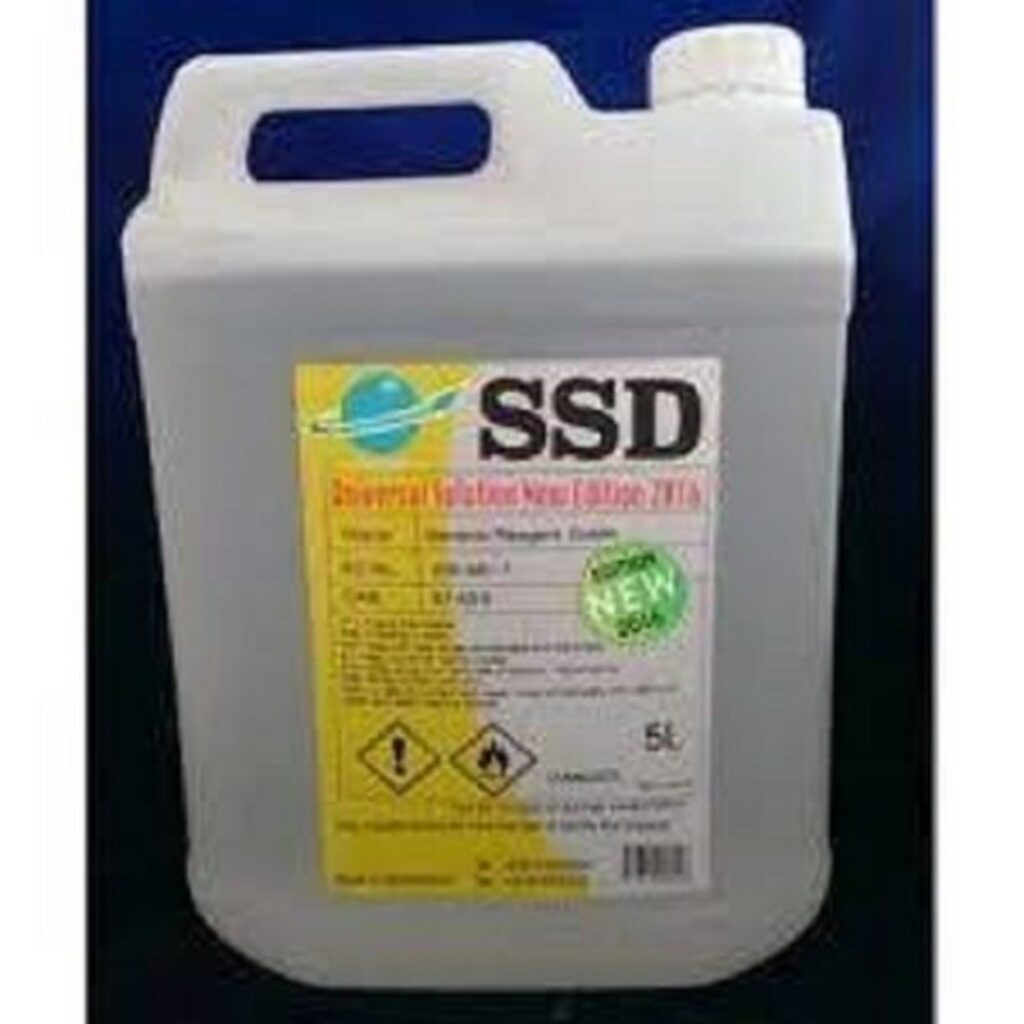Au Ssd Chemicals, SSD chemical solution is a potent cleaning agent formulated to eliminate stains and discolorations from banknotes. The exact composition can vary, but it generally includes a combination of solvents, detergents, and oxidizing agents. These components work synergistically to break down and remove contaminants from the currency notes. For instance, sodium stearyl sulfate, a compound formed from stearic acid and sodium hydroxide, is known to effectively degrade surface films and color-altering chemicals on banknotes gcsofficials.com.
🧪 Composition of SSD Solution
The formulation of SSD solution can differ based on the manufacturer and intended use. However, some commonly reported components include:
- Sodium chloride (NaCl): Often used as a stabilizing agent.
- Sulfuric acid (H₂SO₄): Acts as a catalyst in the cleaning process.
- Sodium stearyl sulfate: A compound capable of breaking down tough contaminants and surface films gcsofficials.com.
- Oxidizing agents: Assist in breaking down stains and removing them from the banknotes.
- Solvents and detergents: Help dissolve and remove stains and impurities from the banknotes Scribd.
It’s important to note that the exact formulation can vary, and some recipes may include additional components like sodium carbonate, sodium hydroxide, or sodium chloride Echemi.
🏦 Applications of SSD Chemicals
SSD chemical solutions are primarily used in the banking and financial sectors to restore defaced or stained currency notes. These notes may have been damaged by exposure to substances like ink or anti-theft dyes. By effectively removing these stains, SSD solutions help in the reusability and circulation of currency, thereby reducing the need for printing new notes.
⚠️ Safety Considerations
Handling SSD chemical solutions requires caution due to the presence of potent chemicals. It’s crucial to adhere to safety guidelines to prevent accidents and health hazards. Some general safety measures include:
- Personal Protective Equipment (PPE): Always wear appropriate PPE, such as gloves, goggles, and lab coats, when handling SSD chemicals.
- Ventilation: Ensure that the area is well-ventilated to avoid inhalation of fumes.
- Storage: Store chemicals in labeled, sealed containers away from incompatible substances.
- Disposal: Follow local regulations for the disposal of chemical waste to minimize environmental impact.
Additionally, some SSD solutions may contain compounds like S,S’-Dimethyl dithiocarbonate, which is a skin, eye, and respiratory irritant. It can be absorbed into the body through the skin, causing damage to the body. It may cause damage to the gastrointestinal system if ingested Wikipedia.
🧪 Homemade Preparation of SSD Solution
While commercial SSD solutions are available, some individuals opt to prepare the solution at home. This process involves mixing specific chemicals in precise proportions. For example, a common method involves mixing three parts of hydrochloric acid to one part of nitric acid to create aqua regia, a potent mixture capable of dissolving metals. However, this process requires careful handling and knowledge of chemical reactions to ensure safety and effectiveness Echemi.
📌 Conclusion
SSD chemical solutions play a vital role in the restoration of defaced or stained currency notes, ensuring their continued circulation and usability. Understanding their composition, applications, and safety considerations is essential for effective and safe use. Whether obtained commercially or prepared at home, it’s crucial to handle these chemicals with care and adhere to safety guidelines to prevent accidents and health hazards.
You Might Also Like These:


